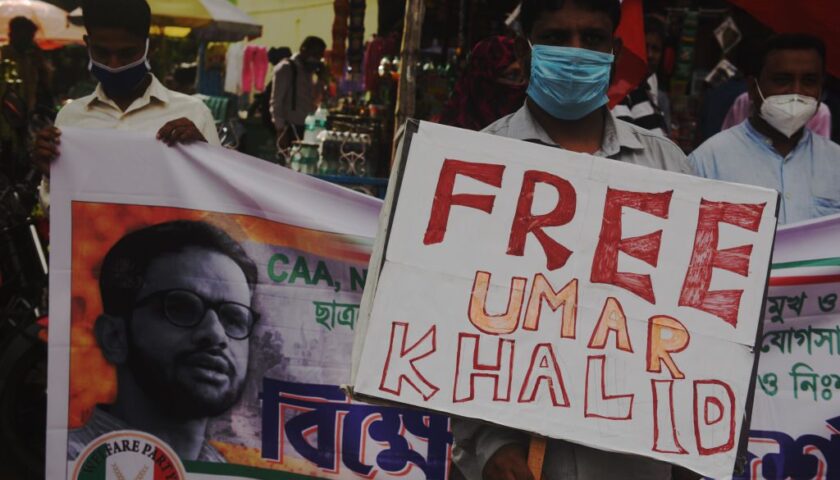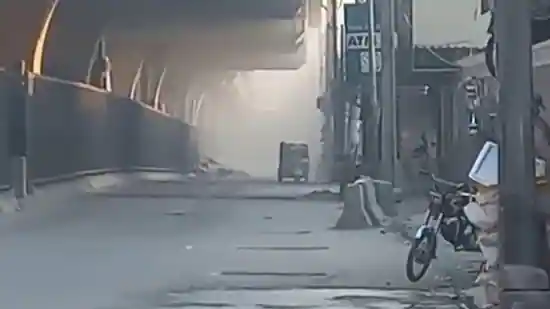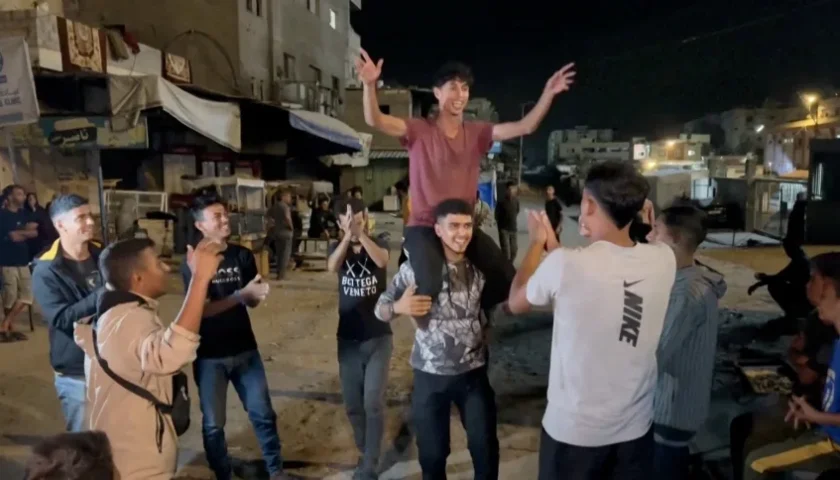Background: Building to the Brink of War
Decades of Tension
Since the 1979 Iranian Revolution and Israel’s unwavering establishment, relations between Tehran and Jerusalem have been fraught. Iran’s nuclear ambitions, its support for militant proxies like Hezbollah and Hamas, and its repeated threats to Israel’s existence have fueled escalating mistrust. Conversely, Israel has upheld a firm stance against any perceived nuclear threat at its doorstep.
Recent State of Play
In recent years, the conflict intensified. Iran’s direct drone and missile strikes—most notably in April 2024—put Israel’s airbases at risk and triggered a robust Israeli response. Diplomacy faltered as repeated proxy attacks and searing statements from both capitals made a resolution increasingly elusive.
The Red Line
U.S. intelligence assessments underscored that Iran was nearing a nuclear breakout. This reality, coupled with Israel’s doctrine prioritizing “preventive action” to neutralize existential threats, set the stage for what would unfold on June 13, 2025.
The Strike: ‘Operation Rising Lion’ Unfolds
Scale and Scope of the Bombing
In the early hours of June 13, Israel executed what officials are calling “Operation Rising Lion.” Over 200 aircraft—including F‑35I stealth fighters—launched from multiple airbases to hit at least 100 critical sites across Iran. Key targets included:
-
Natanz and Fordow nuclear enrichment facilities
-
Missile manufacturing and storage sites
-
Air‑defense installations
-
Residences of Iran’s top military figures
Netanyahu confirmed the operation would continue “as many days as it takes”.
Covert Preparation: Mossad and Commandos
According to the Washington Post, Mossad agents operated clandestinely for months, infiltrating Iran via safe houses, embedding explosive drones, smuggling weapons, and sabotaging air-defense networks from within nypost.com. This internal warfare helped pave the way for the air campaign.
Decapitation of Military Leadership
Reports confirm the deaths of several key figures:
-
Maj. Gen. Hossein Salami, Commander of Iran’s Islamic Revolutionary Guard Corps
-
Maj. Gen. Mohammad Bagheri, Chief of Staff of the Iranian Armed Forces
-
Gen. Gholamali Rashid, Khatam-al Anbiya commander
-
At least six prominent nuclear scientists, including Fereydoon Abbasi and Mohammad Mehdi Tehranchi.
Iranian media cites at least 78 to 90 deaths and over 320 injuries.
Iran’s Fast Retaliation: Operation True Promise III
Missile and Drone Barrages
By evening, Iran responded with “Operation True Promise III,” launching more than 150 ballistic missiles and over 100 drones targeting Israeli territories wsj.com+9en.wikipedia.org+9en.wikipedia.org+9. According to Israeli officials, fewer than 100 missiles were involved. Most were intercepted by Iron Dome, Patriot, and defense systems, though some penetrated, injuring at least 22 civilians in Tel Aviv .
Civilian Impact
Smoke plumes over Tel Aviv, Jerusalem, and nearby areas caused widespread fear. Emergency services reported shattered glass, infrastructure damage, and several people taken to hospitals . Israel’s Defense Minister Yoav Katz labeled the strikes a “crossing of the red line” and emphasized accountability.
Tehran on Alert
Supreme Leader Ayatollah Khamenei condemned the Israeli action as a “declaration of war” and pledged “severe punishment” wsj.com. Missile batteries and air defenses across Iran were placed on maximum readiness, fueling fears of further waves.
Regional and Global Fallout
Diplomatic Shake‑Up
China strongly condemned Israel’s strikes as a grave breach of Iran’s sovereignty, warning of dire consequences. The U.S. maintained that it was not involved, though U.S. forces in the region were repositioned as a precaution, and flights were revised .
UN Emergency Session
At Iran’s request, the UN Security Council convened an emergency session to address escalation risks. Multiple nations urged urgent de-escalation to avert full-scale war .
Fueling Proxy Dynamics
Israel’s decisive action may provoke retaliation via Hezbollah in Lebanon, Hamas in Gaza, or Iranian proxies in Iraq and Syria. This sets the stage for a broader regional conflagration.
The Nuclear Narrative
Israel asserts Iran was mere weeks away from weaponizing uranium. By hitting nuclear sites and scientists, it seeks to delay the breakout, though some analysts doubt whether the eradication of facilities and personnel will permanently halt progress.
What Lies Ahead: Risks & Stakes
Risk of Wider War
The opening salvo may draw several actors:
-
Hezbollah likely to retaliate via Lebanon
-
Hamas, though focused on Gaza, may act next
-
U.S. forces in Iraq and Syria could inadvertently engage
These interconnected threats make the conflict a potential regional wildfire.
Civilian Casualties and Humanitarian Crisis
Already, civilian areas have been struck. Without aid corridors, casualties could surge if bombing continues. Cities like Tehran, Isfahan, Tel Aviv, and Jerusalem are at risk of expanded humanitarian fallout.
Diplomatic Fallout: Nearing Collapse
The move throws nuclear diplomacy into chaos. Talks in Oman, brokered by the U.S. and EU, are now fragile. Iran’s hardliners are expected to reject negotiations altogether. Israel, backed by U.S. domestic supporters like former President Trump, took unilateral action, illustrating the limits of diplomatic pressure .
Long‑Term Strategic Implications
The raid alters regional power dynamics:
-
Military: Iran’s defenses weakened; Israel’s strategic deterrence elevated news.sky.com.
-
Psychological: Israel signals it can reach deep into Iran despite SAM systems.
-
Political: The window for returning to diplomatic standoffs is closing fast.
Expert Perspectives
Military Analysis
Using staggering air assets—200‑aircraft deep strike plus Mossad sabotage—Israel showcased precise deep-strike capability. Analysts liken this to Operation Focus of 1967, noting its high-impact precision timesofisrael.com.
Intelligence Viewpoint
Mossad’s infiltration, covert routing of munitions, and targeted eliminations show layered intelligence-sabotage coordination. The operation was months in planning, with meticulous deception and commandos embedded inside Iran .
Diplomatic Angle
China, EU, and UN officials stress the need for calm. With U.S. support fractured—publicly uninvolved yet secretly repositioning forces—the operation highlights how alliances are realigning and diplomatic bridges are weakening.
Humanitarian Lens
Reports of blasting in residential districts and significant casualties in Tehran and Tel Aviv underline the war’s toll beyond military targets. NGOs warn of looming crises should the bombing persist.
The Broader Arc: Strategic Consequences
Nuclear Delay but Not Stop
While the strike destroys scientists and sites, Iran’s scientific reservoir and clandestine facilities may regenerate. Israel’s leadership argues disruption is necessary, but Iran’s capabilities could rebound, reigniting crises.
Diplomatic Collapse
The immediate aftermath all but ends nuclear talks. As hardliners in Iran gain influence, the likelihood of renewed Western engagement shrinks, deepening the region’s ideological schisms.
Regional Fragmentation
Expect escalations in Iraq, Syria, Yemen (via Houthis), and Lebanon. Proxy groups will likely use this moment to strike Israel or allied interests, plunging the region into broader conflict.
Global Alert
Energy markets are jittery; world powers within the UN vocalize alarm. Civil aviation reroutes, investors brace, and governments heighten alert globally.
What to Watch
-
Further Israeli Strikes – Netanyahu said the operation will continue until key threats are neutralized.
-
Iranian Retaliation – Watch for missile waves from Iran, or proxy attacks via proxy territory.
-
Effect on Nuclear Talks – Stay alert for Iran hardliners pulling out of talks.
-
US-Western Response – Will there be sanctions, or ads diplomatic pressure to de-escalate?
-
Proxy Warfare – Expect escalation across Yemen, Iraq, Lebanon, and Syria.
Final Take
Operation Rising Lion marks a turning point in Middle Eastern geopolitics: a bold, deep-strike military campaign married to covert intelligence work. Its effects will ripple far beyond Iran’s borders, reshaping diplomatic efforts, proxy conflicts, civilian lives, and strategic calculations. Whether it succeeds in halting Iran’s nuclear trajectory or merely escalates the threat remains uncertain—but its stakes could be game-changing.




